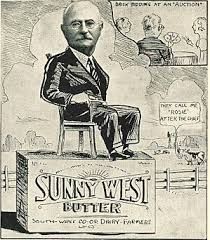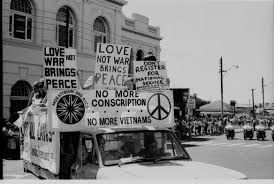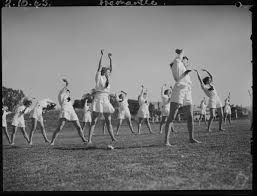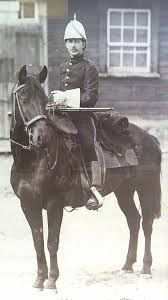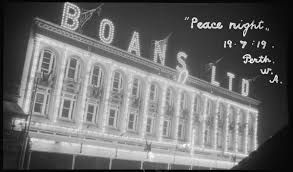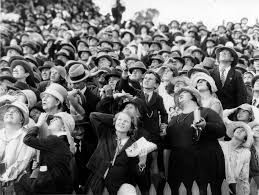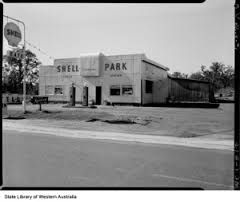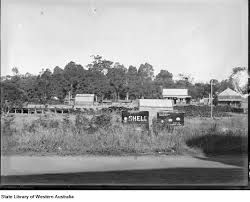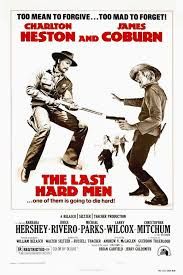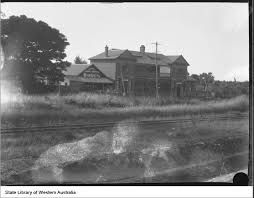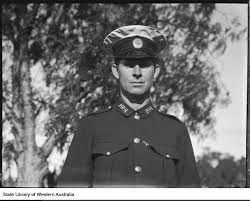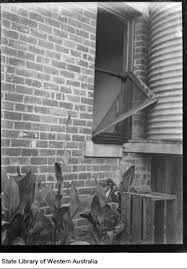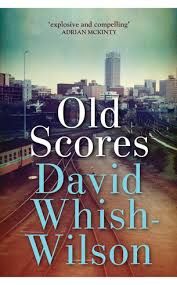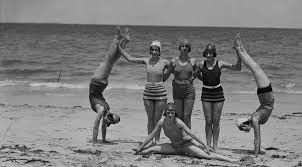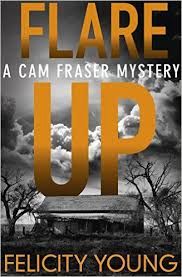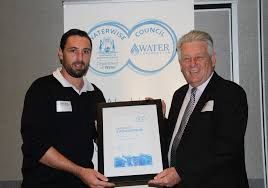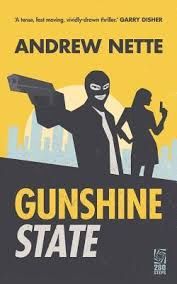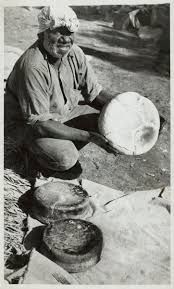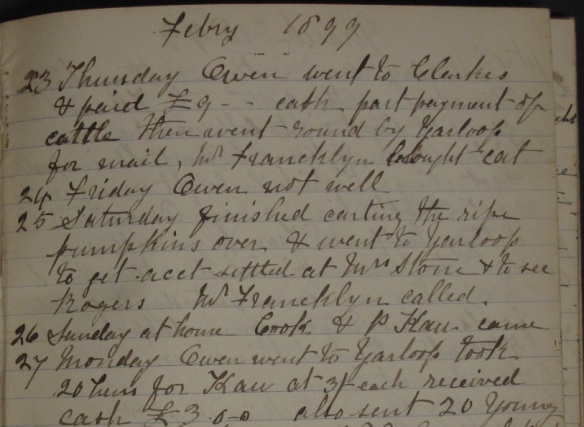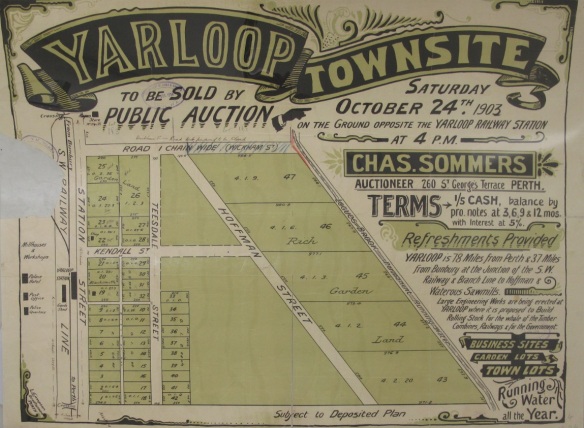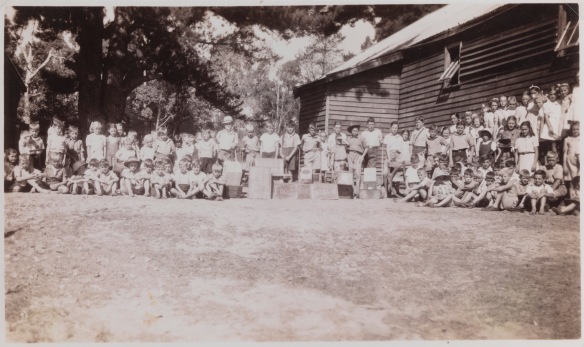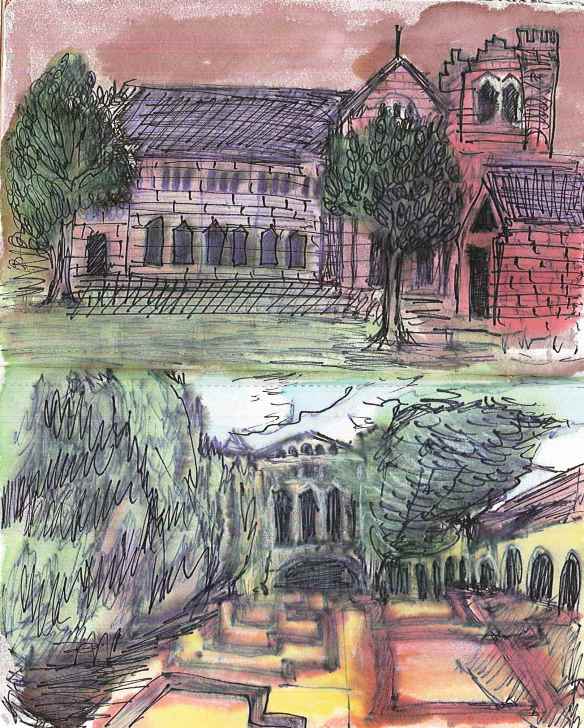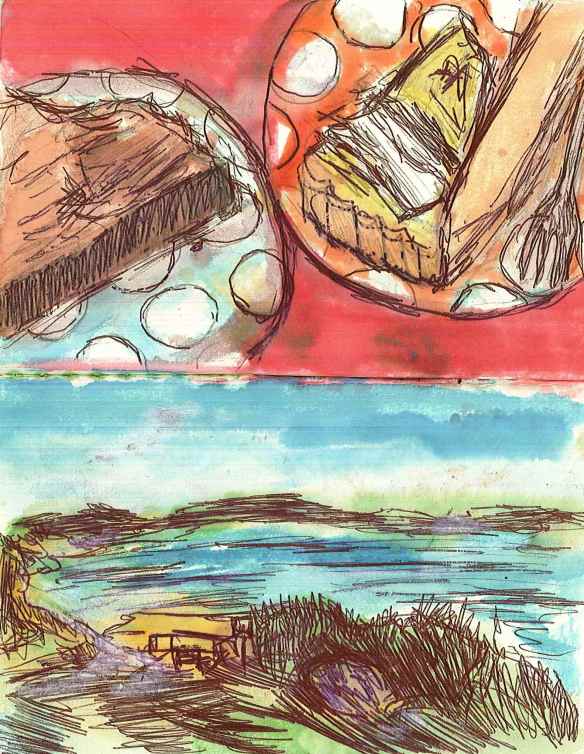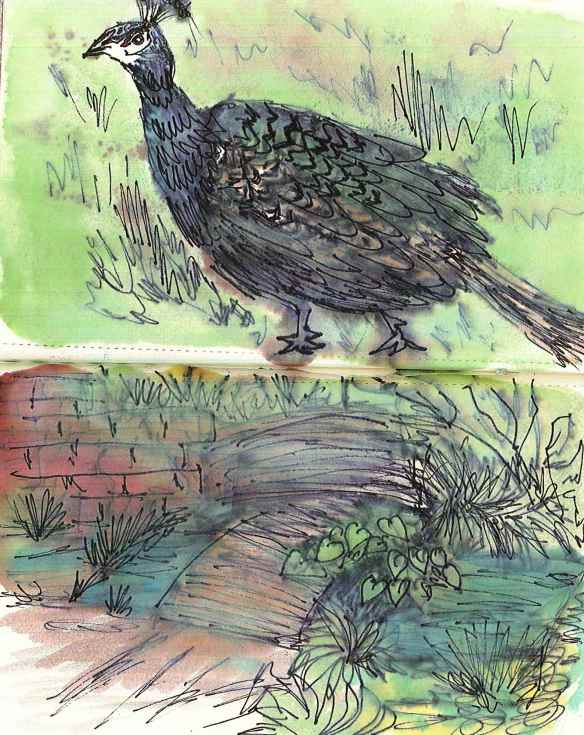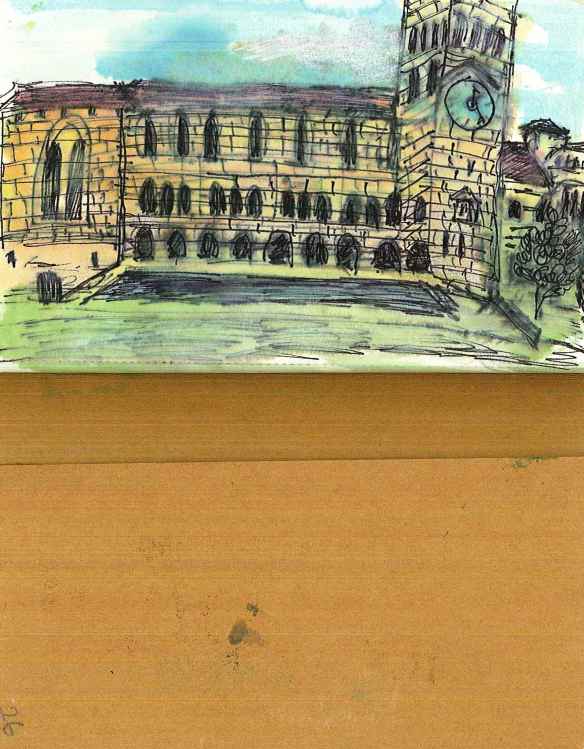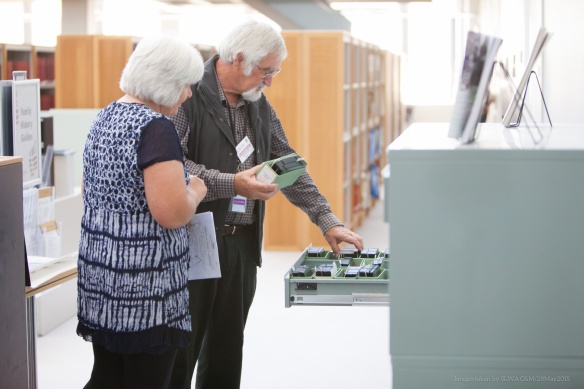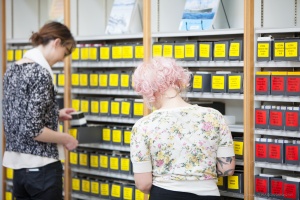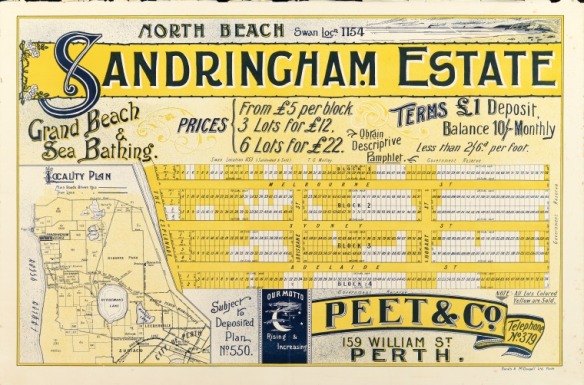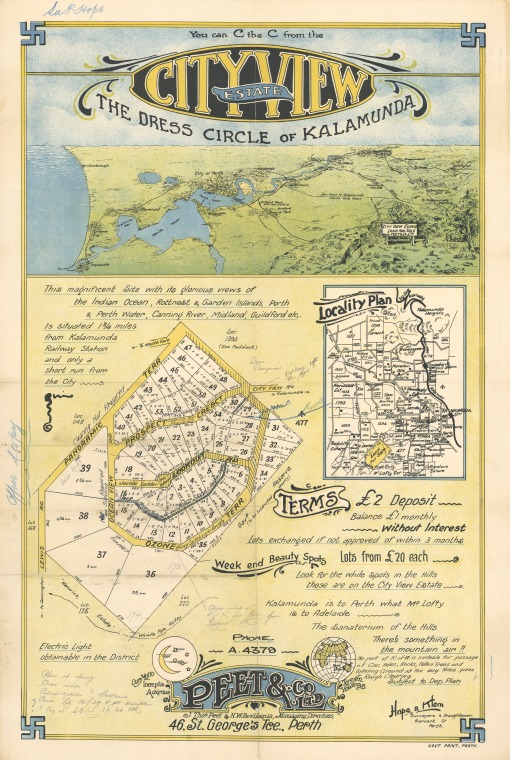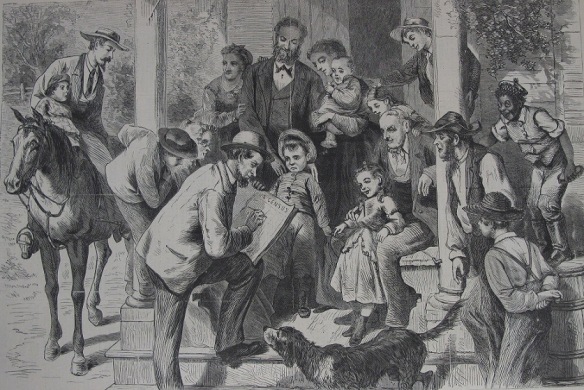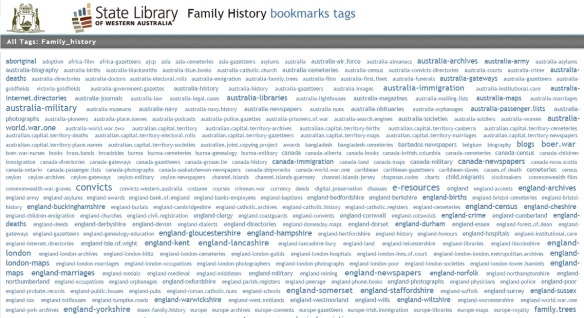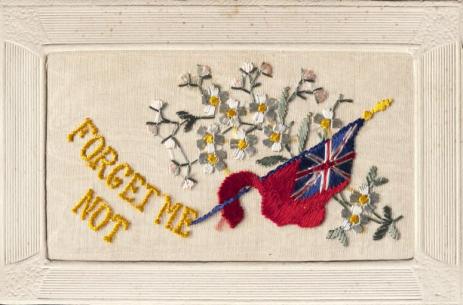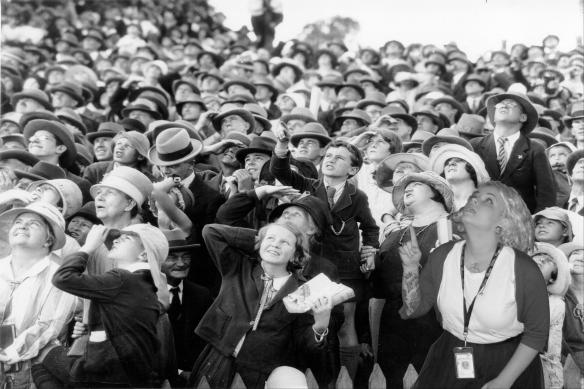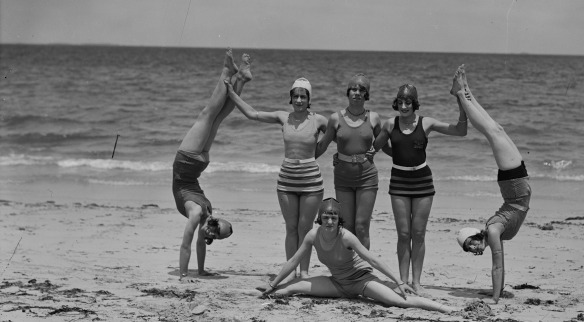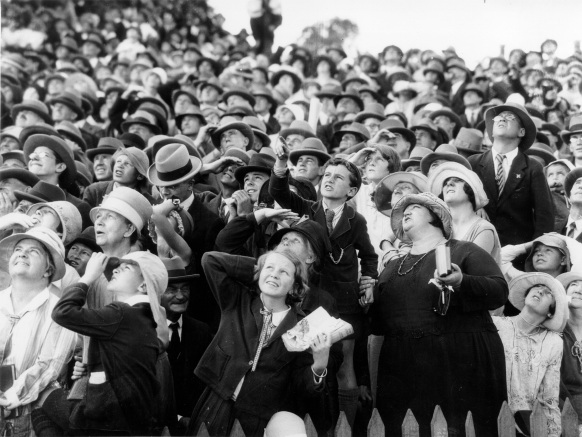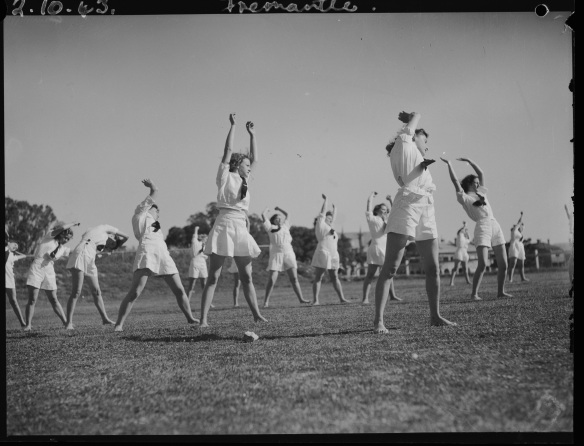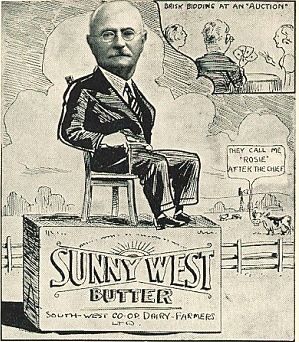A devastating fire on Thursday 7th January 2016 has destroyed most of the town of Yarloop. The tragic loss of life, property and living history in this small and close community has touched all Western Australians. We would like to share a selection of photographs and documents about Yarloop from the State Library’s heritage collections. We hope that these images will evoke some memories.
The 2006 census gives Yarloop’s population as 545 but this little town has had an association with many W.A. families.
Yarloop is 129km south of Perth and is part of the Shire of Harvey. The town was established in 1894 but European settlement began slowly from the late 1840s and built up during the 1880s. The name Yarloop is thought to have originated from the local language of the Binjareb or Pindjarup people.
Timber and farming, mainly dairy and fruit, have been the mainstays of the local economy. More recently tourism has been encouraged with historic trails, wildflower walks and cycling routes developed. Sadly the The Yarloop Workshops, so brilliantly restored and maintained by the local community, have also gone. The Yarloop Workshops Website includes a history and slideshow that detail just how much has been lost in the fires.
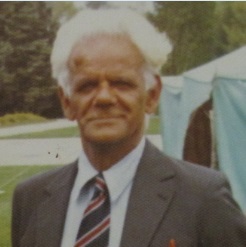
Jack Davis, poet and dramatist. Ron Williams Collection
Jack Davis the Aboriginal poet and dramatist was raised in Yarloop. Davis is best known for his plays The Dreamers (1982) and No Sugar (1985).
In the early 20th century Millars’ Timber Company established a ‘company’ town, adjacent to the original townsite, as the hub of its business with rail access linking the town to Bunbury and Perth. The original Millars’ mill was at Waigerup Brook (now Wagerup). The first mill in the Yarloop area is believed to have been Waterous Mill.
The State Records Office of Western Australia holds the official records of government. For Yarloop their extensive collections will include land records and maps; Department of Education files on teachers and schools; student registers; police reports; building records and Department of Health files. Documents will cover various aspects of agriculture, environment, railways, planning, building, decommissioning and conservation from various Western Australian government departments.The heritage buildings, rail and workshops are irreplaceable but many aspects of the history of the town have been documented.
Building a whim wheel Yarloop c. 1903
004471D
A visit to the National Archives of Australia’s Discovering ANZACS website will help to identify the records of soldiers who served in WWI who were born in or gave their home address as Yarloop.
The main National Archives site can be searched to find names and records of soldiers (and rejected applicants) from the defence services including those who served in WWII, Vietnam and the Citizen Military Force who hailed from Yarloop.
The State Library’s contribution to the National Library of Australia’s Trove Newspaper website includes The South West Advertiser 1910 – 1954 and the Harvey Chronicle 1915 – 1916. Other local newspapers are held at the State Library and may be found through our catalogue using the keyword terms NEWSPAPERS and YARLOOP. Researchers can read about local issues such as timber and railway workers’ strikes, police activities and social events. We are fortunate to have the photograph collection from the weekly newspaper Truth, published from 1903 to 1931 (and also in Trove), which includes local scandal from all over W.A. One article from 1929 gleefully details the story of the spurned lover who tried to blow up the Yarloop Hotel with gelignite.
The State Library holds a variety of material relating to Yarloop. In our large archive of Millars’ Timber records, pay and accident registers document individuals who worked for the company, as well as local production figures. There are also many photographs in this collection.
Diaries kept by James Owen Mitchell, his wife Rose (nee Perrin) and, occasionally, his son Stephen, detail the day-to-day life at their farm “Blacklands” at Yarloop from the early 1890s to James’ death in 1945.
In May 1951 Edith Reynolds [nee Clinch-?] wrote a letter from Yarloop Hospital describing the new wing as “particularly nice, one feels as though you were in one of the best hotels in Perth“.
There are indexes to the Western Australian Railway and Tramway Gazette and the Freemasons’ journal the West Australian Craftsman. These are searchable through the State Library catalogue and researchers may find small profiles or obituaries of people involved in these organisations as well as information about local activities.
The State Library also holds published reports on mining, environment issues and agriculture for the Yarloop area. Yarloop: a town to remember is a personal memoir written and published by Geoff Fortune in which he gives a potted history and many anecdotes about the town and its characters from the 1930s onwards. In the section on WWII he talks about the work done by school children of the town to assist with comfort packages for the Australian troops. We happen to have a digital image taken from a small print of the original photograph of school children of various ages and their teacher outside Yarloop School along with boxes labelled “Food for Britain”. Although we have not identified anyone in this photo, Geoff Fortune is almost certainly one of the children.
Oral histories are a particularly evocative source of historical information. Some oral histories in our collection include descriptions of growing up in Yarloop, working on the railway, timber mills, farming life, and nursing. Several are available as podcasts or have transcriptions available online. To find these in the State Library catalogue do a keyword search using the terms YARLOOP and ORAL HISTORY. Some of these recordings have been donated by Harvey History Online a group dedicated to recording and making available the history of the Harvey area. Their website includes indexes and background information about local industry, towns in the Harvey Shire, and historical characters.
Most people are familiar with the online historical database Trove . This website hosts digitised newspapers provided by State Libraries and other government and cultural institutions. However, many are unaware that Trove is a lot more than newspapers. You can also search photographs, journals and diaries, books, music, maps, organisations and people, and archived websites. The section of Trove that collects websites is PANDORA. Try using Yarloop as a search term in PANDORA.
In the days since the terrible fires at Yarloop there has been a huge response by people on Facebook and other social media. People are sharing their photographs and memories of Yarloop. Unfortunately, neither the State Library nor the National Library of Australia (through PANDORA) is able to collect these posts for our heritage collections.
We actively seek the stories and images of our communites to share into the future. If you have materials which you would be willing to contribute, you can view our kit for potential donors at http://www.slwa.wa.gov.au/for/donations/donor_kit, or contact our Collection Liaison team at Collection.Liaison@slwa.wa.gov.au.
